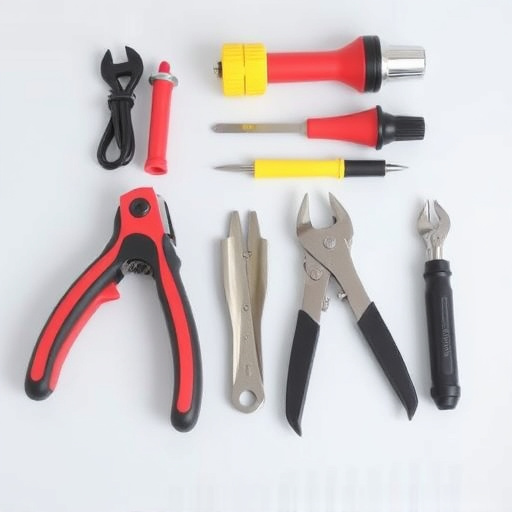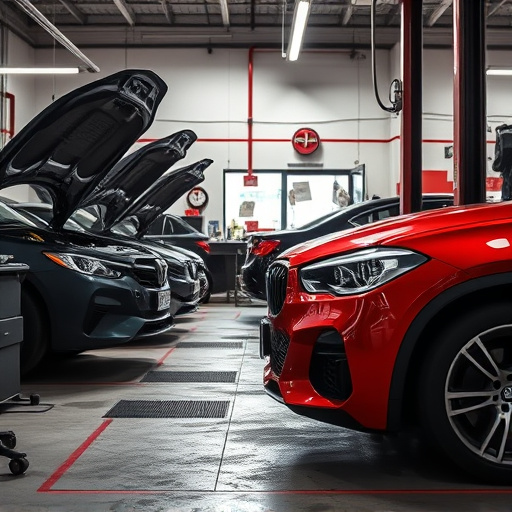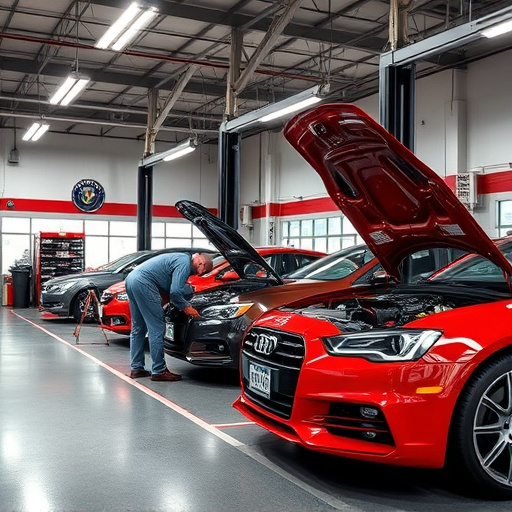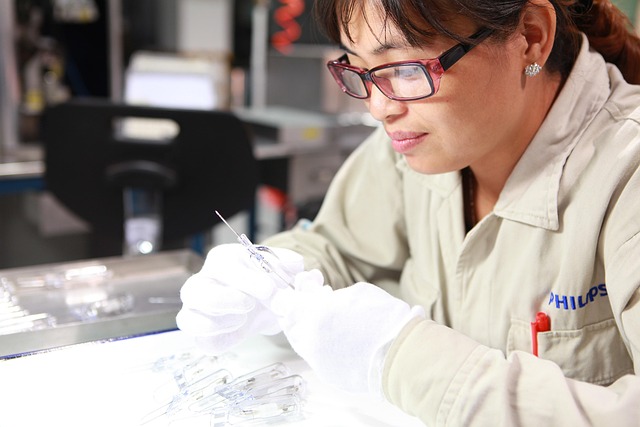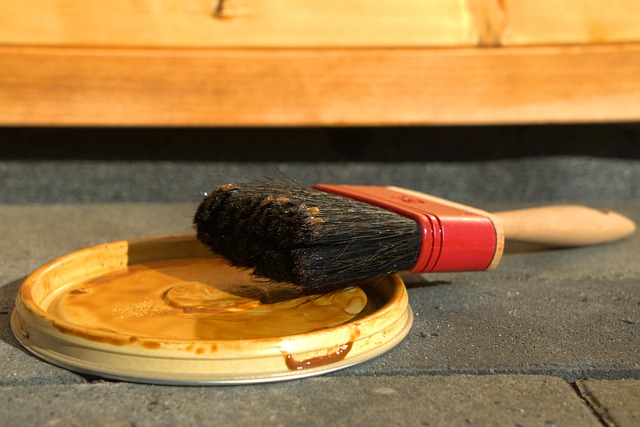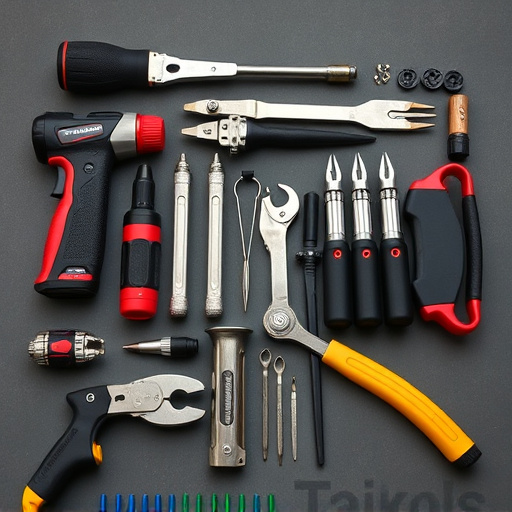New auto body panels are crucial for vehicle safety and aesthetics. Choose materials like steel or aluminum, consider compatibility and manufacturer reputation, ensure proper installation, and maintain panels through cleaning, waxing, and repairs to enhance resale value. Explore local collision repair centers specializing in new auto body panels for expert care.
Before purchasing new auto body panels, it’s crucial to understand the basics of automotive construction. This guide will walk you through the types and materials used in modern car bodies, helping you make an informed decision. We’ll explore key factors to consider, from size and fitment to quality and warranty. Additionally, we’ll provide installation tips and maintenance guidelines to ensure your new panels last.
- Understanding Auto Body Panels: Types and Materials
- Factors to Consider Before Purchase
- Installation Tips and Maintenance Guidelines
Understanding Auto Body Panels: Types and Materials
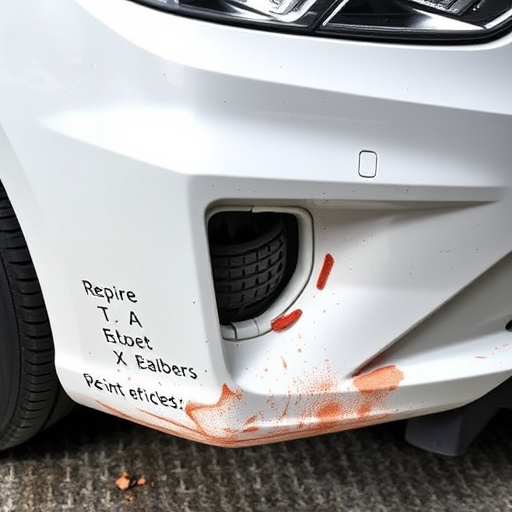
Auto body panels are essential components that make up a vehicle’s exterior. They not only contribute to the car’s aesthetics but also play a crucial role in structural integrity and safety. Understanding the different types and materials of new auto body panels is vital before making a purchase, especially for those considering fender repair or fleet repair services.
Common types include body panels such as fenders, door panels, hoods, and trunks. Each serves a specific function: protecting underlying components from impact and debris, enhancing the vehicle’s design, and ensuring passenger safety in case of an accident. Traditional materials like steel have long been the standard due to their strength and affordability. However, modern cars increasingly feature lightweight alternatives like aluminum and composite materials for improved fuel efficiency and performance, requiring specialized automotive repair techniques.
Factors to Consider Before Purchase
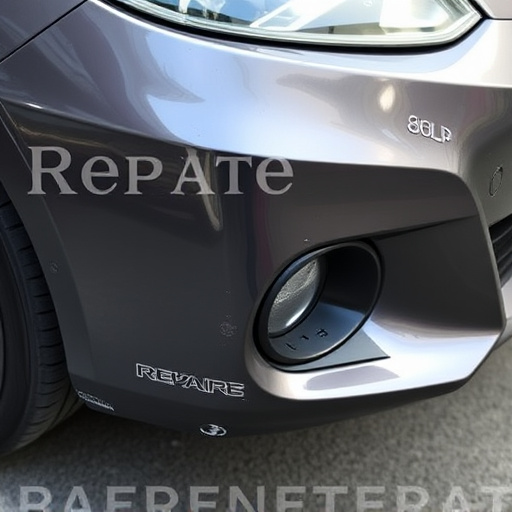
Before buying new auto body panels, there are several factors to consider to ensure you make an informed decision. One key aspect is compatibility—make sure the panels fit your vehicle perfectly, matching both the make and model for a seamless installation. Additionally, check the quality of the materials; opt for high-grade steel or aluminum for durability and longevity.
Another important consideration is the reputation of the manufacturer or supplier. Research their track record in producing top-notch body panels and their customer reviews to gauge satisfaction levels. Moreover, think about the potential for future repairs—some panels are easier to replace or fix than others, particularly when it comes to tasks like auto painting or dent removal (car dent repair). Look for options that offer better access for these processes to save time and money in the long run.
Installation Tips and Maintenance Guidelines
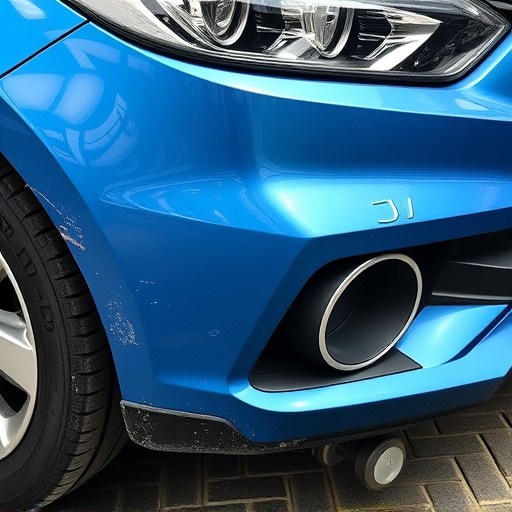
When installing new auto body panels, precision is key to ensuring a smooth, factory-like finish. It’s advisable to seek professional guidance or watch detailed tutorials for accurate measurements and alignment. Proper installation not only enhances the vehicle’s aesthetics but also guarantees structural integrity. Double-check all connections and welds, making sure they meet manufacturer standards. Regular maintenance of these panels is equally important. Keeping them clean and treated with suitable waxes can prevent premature fading and damage from UV rays.
Regular inspections for signs of wear and tear are crucial, especially after extreme weather conditions or traffic incidents. Prompt attention to any dents or scratches, using techniques like vehicle dent repair, can preserve the panel’s condition. Remember, a well-maintained exterior not only boosts your car’s appeal but also potentially increases its resale value. For local auto repair services, exploring nearby collision repair centers is advisable when needing expert care for your vehicle’s body panels.
When considering the purchase of new auto body panels, understanding the types, materials, and factors at play is essential. By familiarizing yourself with these aspects, you’ll be well-equipped to make informed decisions. Remember, proper installation and regular maintenance are key to ensuring your new panels provide lasting protection and enhance your vehicle’s appearance. Invest wisely in high-quality parts, and don’t hesitate to consult professionals for guidance throughout the process.


